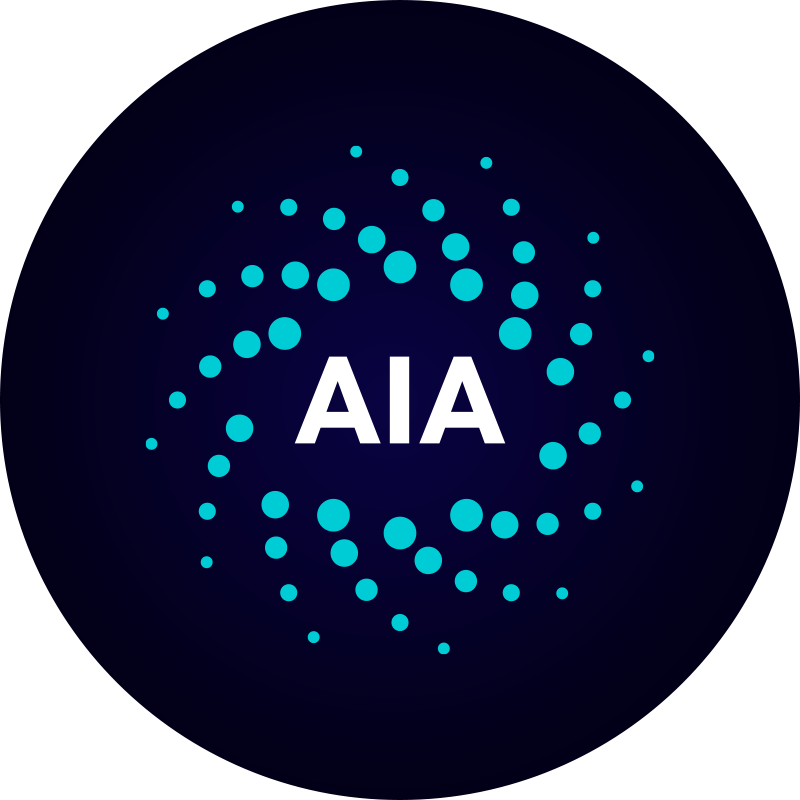What is ARB Crypto: Unveiling the Details

What is ARB Crypto: Unveiling the Details
Decentralized finance, or DeFi, has been a revolutionary aspect of the blockchain space, giving rise to various crypto assets aimed to enhance financial freedom and inclusivity. Among these innovations, ARB crypto has emerged as a noteworthy player. In this article, we'll explore what ARB crypto is, how it works, and its potential impact on the crypto market.
Concept Introduction
ARB crypto is a token associated with the Arbitrum protocol, which is renowned for improving the scalability and performance of Ethereum-based applications. As an innovative Layer-2 solution, Arbitrum enhances transaction processing speeds while significantly reducing costs. The ARB token plays a crucial role in governance, allowing holders to vote on protocol changes and key upgrades.
Historical Background or Origin
Arbitrum was developed by Offchain Labs, a company focused on creating efficient scaling solutions for Ethereum. The protocol was designed to address some of the pressing issues of the Ethereum network, such as high gas fees and slow transaction speeds. Since its inception, Arbitrum has grown rapidly, attracted numerous decentralized applications (dApps), and consequently led to the launch of ARB crypto to enable decentralized governance.
Working Mechanism
ARB crypto operates primarily as a governance token within the Arbitrum ecosystem. The mechanism behind Arbitrum involves rolling up multiple transactions into a single batch that is processed off-chain. This process drastically cuts down on the computational power needed on the Ethereum mainnet, allowing faster and cheaper transactions. The verification and settlement of these transactions occur on-chain, ensuring transparency and security.
Holders of ARB tokens have the right to propose and vote on protocol changes. These governance decisions could include adjusting transaction fees, protocol upgrades, or treasury allocations. This decentralized approach ensures that the community directly influences the development path of the Arbitrum project.
Benefits or Advantages
One of the main advantages of ARB crypto and the Arbitrum protocol is scalability. By offloading much of the transaction processing power from the Ethereum mainnet, Arbitrum can handle more transactions quickly and efficiently. This efficiency leads to lower costs for users and developers, which can make DeFi applications more accessible to a broader audience.
Additionally, as a governance token, ARB empowers its community. Its decentralized nature fosters a collaborative ecosystem where stakeholders directly participate in shaping the future of the protocol. This, in turn, can lead to a highly adaptive system that quickly evolves to meet the changing needs of its users.
Conclusion or Future Outlook
The ARB crypto embodies the principles of decentralization and scalability, essential elements for the growth of the DeFi ecosystem. With Arbitrum’s robust framework, it presents a viable solution to Ethereum’s scalability woes. As more projects adopt Layer-2 solutions, the role of ARB and its impact will likely grow, paving the way for more efficient and inclusive financial systems.
For investors and enthusiasts, staying informed about developments like ARB crypto is crucial. As blockchain technology continues to evolve, more innovations are bound to emerge, each bringing us closer to a decentralized future where financial systems are more accessible, efficient, and equitable. If you are considering participating in the ARB ecosystem, ensure you are utilizing reputable platforms like Bitget Exchange for transactions and Bitget Wallet for secure storage of your digital assets. These platforms provide reliable and user-friendly experiences, helping you navigate the dynamic world of cryptocurrency effortlessly.
Want to get cryptocurrency instantly?
Related articles
Latest articles
See more























